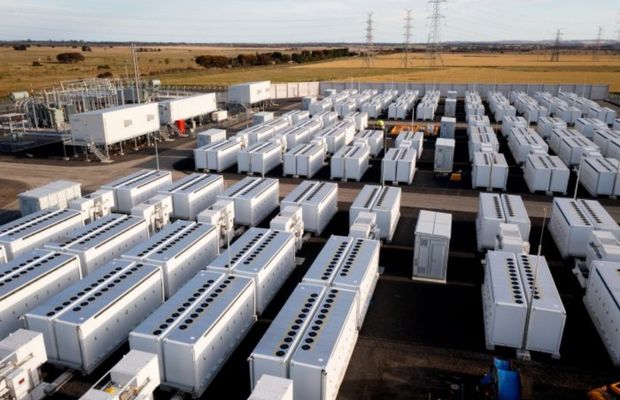Innovations in battery energy storage are crucial for advancing sustainable energy solutions, as they address key challenges in the integration and optimization of renewable energy sources, enhance grid stability, and contribute to the global transition towards a more sustainable and carbon-neutral energy system. Here’s a look at some of the most promising innovations in battery energy storage that are paving the way for a sustainable energy future:

1. Advanced Lithium-Ion Batteries
- Increased Energy Density and Efficiency: New chemistries, such as lithium-silicon and lithium-sulfur, are being developed to increase the energy density and efficiency of lithium-ion batteries, enabling longer storage durations and reduced costs.
- Enhanced Safety and Sustainability: Innovations in electrolyte compositions and battery architectures aim to improve the safety and environmental sustainability of lithium-ion batteries, addressing concerns such as thermal runaway and recycling challenges.
2. Solid-State Batteries
- Higher Energy Density and Safety: Solid-state batteries replace the liquid electrolyte with a solid electrolyte, which can significantly increase energy density while reducing risks of leakage and fire. This technology holds the promise of enabling more compact and safer energy storage solutions.
- Longer Lifespan: Solid-state batteries are also expected to offer longer lifespans compared to traditional lithium-ion batteries, due to their resistance to dendrite formation, enhancing their economic viability over time.
3. Flow Batteries
- Scalability and Longevity: Flow batteries store energy in liquid electrolytes, allowing for easy scalability and potentially unlimited lifespan by replacing or reconditioning the electrolyte solution. This makes them ideal for long-duration energy storage applications.
- Diverse Chemistries: Various chemistries, including vanadium, zinc-bromine, and organic-based electrolytes, are being explored to reduce costs and improve the environmental footprint of flow batteries.
4. Gravity Storage Solutions
- Utilizing Gravity for Energy Storage: Innovations like pumped hydro storage (PHS) and newer concepts such as gravity-based energy storage systems use the potential energy of elevated masses to store energy, offering a novel approach to large-scale, long-duration energy storage without the need for complex chemical processes.
- Sustainability and Low Environmental Impact: These systems have the advantage of utilizing widely available materials and having minimal environmental impact, making them a sustainable option for grid-scale energy storage.
5. Compressed Air Energy Storage (CAES) and Liquid Air Energy Storage (LAES)
- Efficiency Improvements: Advances in CAES and LAES technologies, including better heat management and integration with renewable energy sources, have improved their efficiency and viability as large-scale energy storage solutions.
- Versatility and Scalability: These technologies offer significant potential for storing large amounts of energy in a variety of geological settings, making them versatile options for enhancing grid reliability and facilitating the integration of renewable energy.
6. Hybrid Systems and AI Optimization
- Combining Technologies for Optimal Performance: Hybrid storage systems that combine different types of batteries or energy storage technologies can optimize performance, cost, and longevity, catering to specific application needs.
- AI and Machine Learning for Management: The use of AI and machine learning algorithms to manage energy storage systems can optimize charging and discharging cycles, predict maintenance needs, and improve overall efficiency and lifespan.
Conclusion
Innovations in battery energy storage are essential for overcoming current limitations in renewable energy integration, offering scalable, efficient, and increasingly cost-effective solutions. As these technologies continue to advance, they will play a pivotal role in the transition to a sustainable energy future, enabling a more resilient and low-carbon energy grid. The continued investment in research and development, along with supportive policies and market incentives, will be key to accelerating the adoption of these innovative energy storage solutions.
